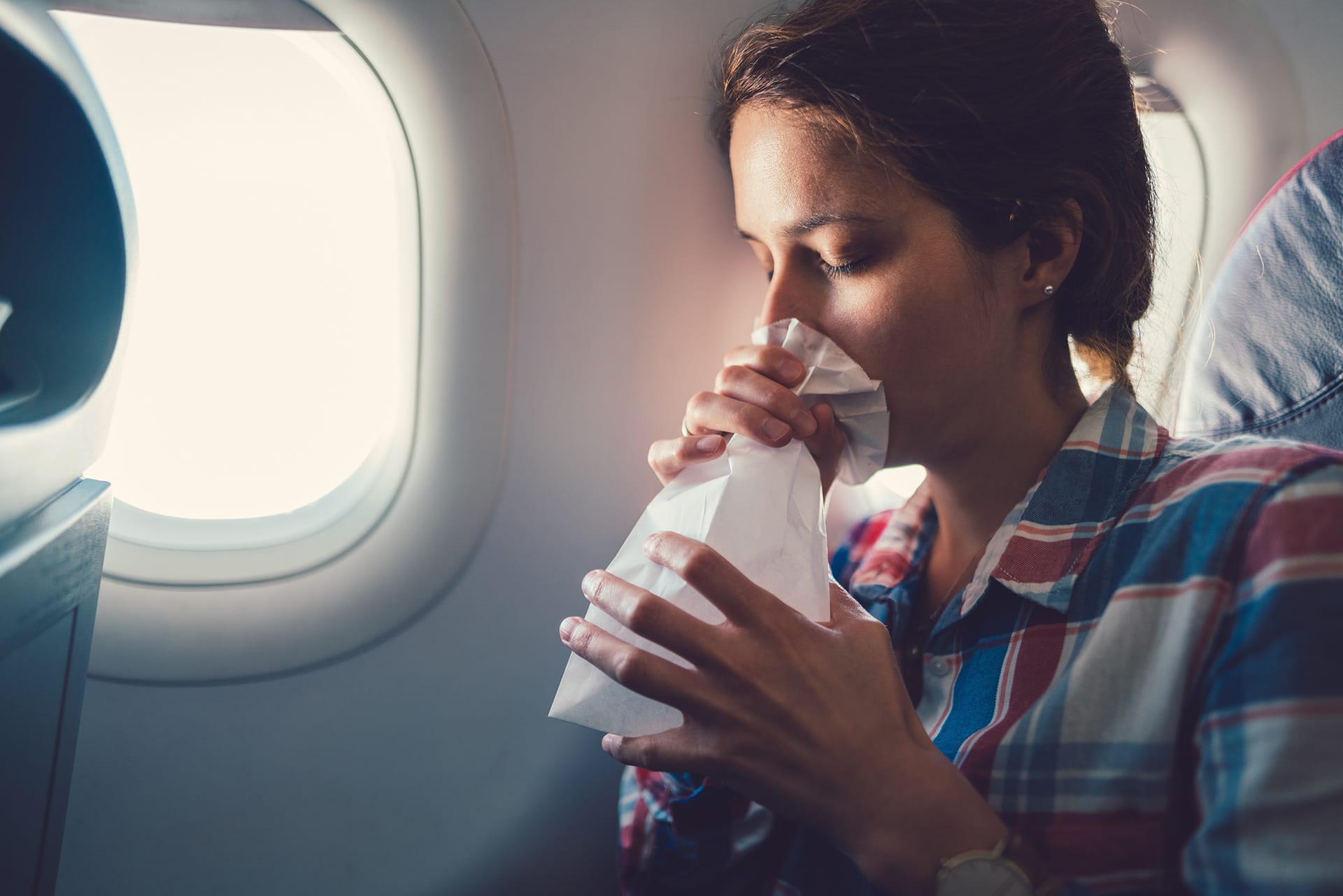Most of us don’t like large spiders, might feel squeamish at the thought having a blood test and certainly try to avoid being stuck in traffic when we can. We may move away from a bee and not look forward to going to the dentist.
However, those fears don’t stop us from engaging in self-care activities, like going to the doctor or dentist, or from engaging in the activities we love and enjoying them!
Phobias, on the other hand, do. With a phobia, one either endures a feared situation with great distress or avoids it. While someone could develop a phobia of almost anything (such as hippopotomonstrosesquippedaliophobia, or the phobia of long words), common phobias fall within four categories:
The natural environment: thunder, lightning, heights, darkness, etc.
Animal: snakes, spiders, bees, etc.
Medical: injections, blood, vomiting, dental procedures, etc.
Situational: airplanes, elevators, bridges, etc.
There is variability in terms of the specific fear that is involved in these situations: For instance, someone may fear flying for fear that the plane will crash; someone else may fear flying because they fear getting ill on the plane; someone else may fear flying because they fear that they will have a panic attack and stop breathing, embarrass themselves or cause an incident during the flight.
If you have a specific phobia, you are not alone! At least one in ten people has a phobia. Let us help you with the most effective treatment for phobia: CBT.
If you would like help, please contact us.
Treatment
It is important, as a first step, to identify the specific fear in order to plan the treatment accordingly. In some cases, psychoeducation may be involved to challenge some of the cognitive distortions that may be present, such as overestimating the danger and underestimating one’s ability to cope. If a traumatic incident caused the onset of the phobia, we would want to understand how memories of the incident continue to affect you today, so that we can adjust the plan for therapy accordingly.
In other cases, we may, with your consent of course, jump more quickly into the meat of the therapy, which is exposure. This may be the case when one knows very well that there is no danger, does not have any particularly distressing memory, but nonetheless feels unable to engage successfully in a situation; for instance, having a blood test.
In this case, together with your therapist, you would make a hierarchy for exposure, from situations that you think would elicit a low degree of discomfort to those that would elicit a high degree of discomfort, and gradually, with your therapist’s support, we would ask you to engage in situations that take you closer to the feared situation.
This is done collaboratively and gradually over a few sessions. For a fear of dogs, for instance, one may begin with watching videos of dogs. We may then go to a dog park, but stay outside the area where the dogs are. Then, a therapist at the clinic with a small dog may bring their dog to the clinic but the dog stays on a leash. Following that, we may repeat the experience, but with the dog being off the leash. We may then go to the dog park and go into the area where the dogs are.
It is important to know that exposure is highly effective and is done at your pace. We would never ask you to do anything that poses a clear danger, that you do not see the necessity or usefulness of, or that you are not up to doing. CBT is collaborative in nature, and we always do the exercises with you first or make sure that you feel ready and well supported to do them on your own, and then together decide on next steps. Let us help you conquer your phobia.

